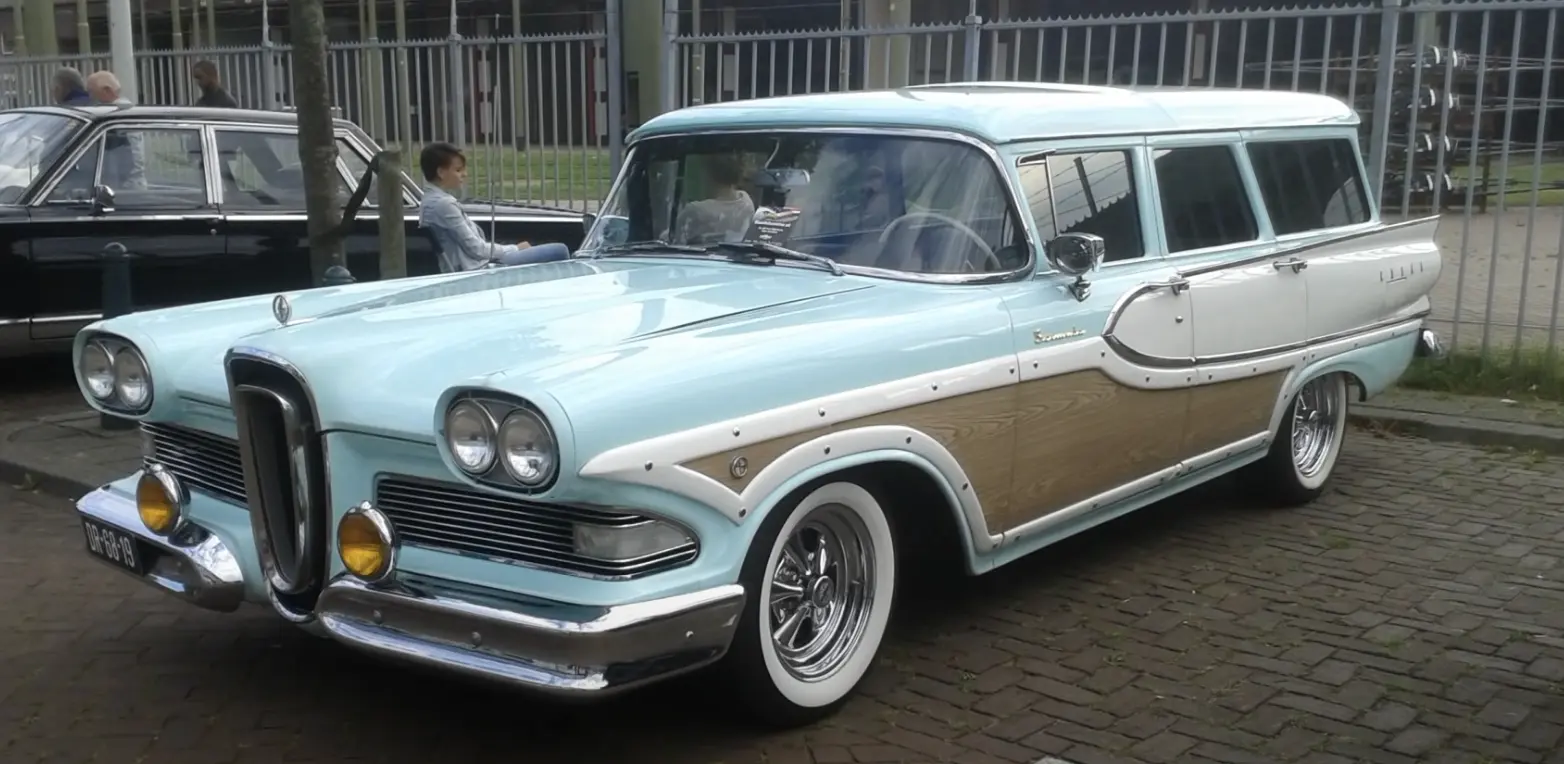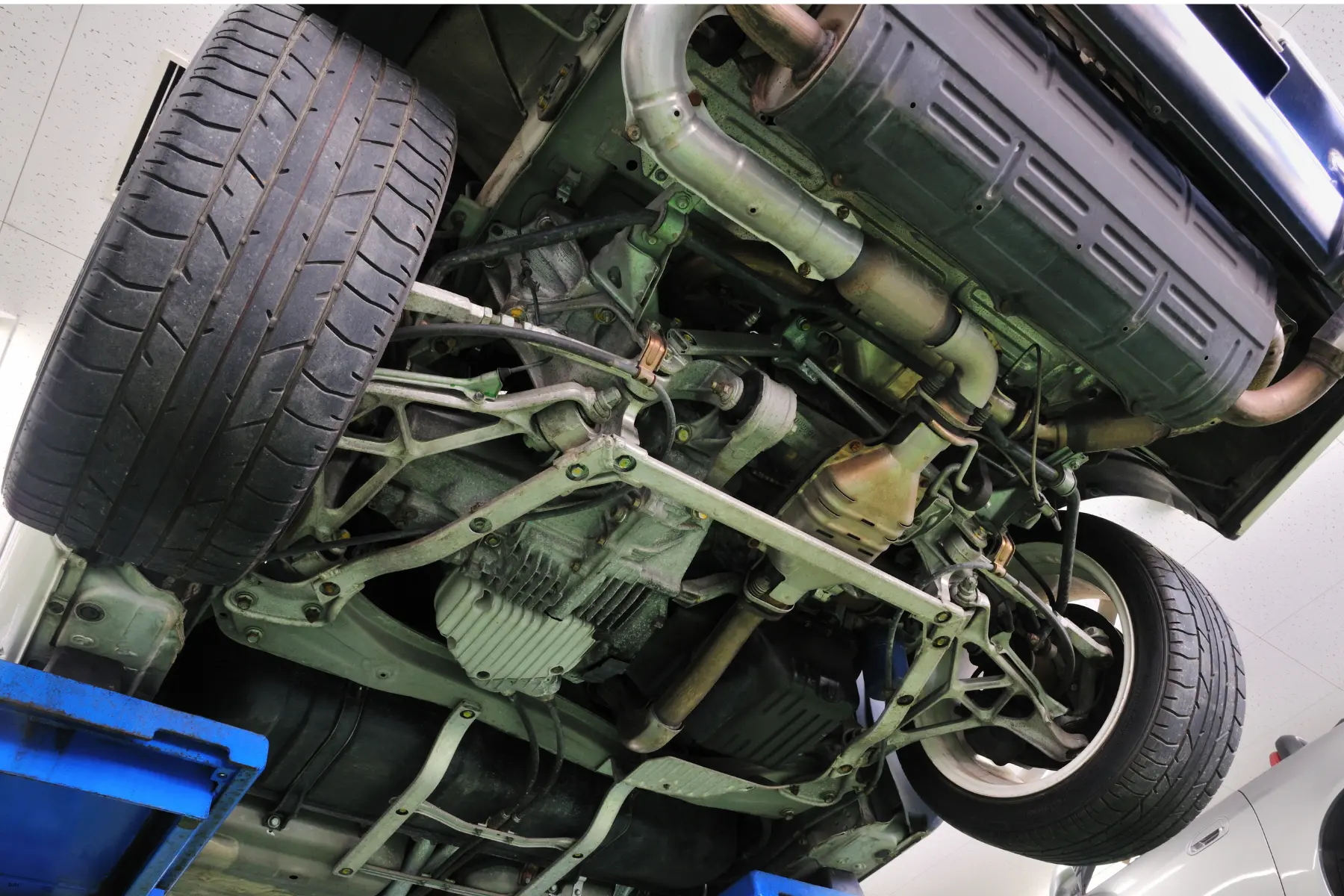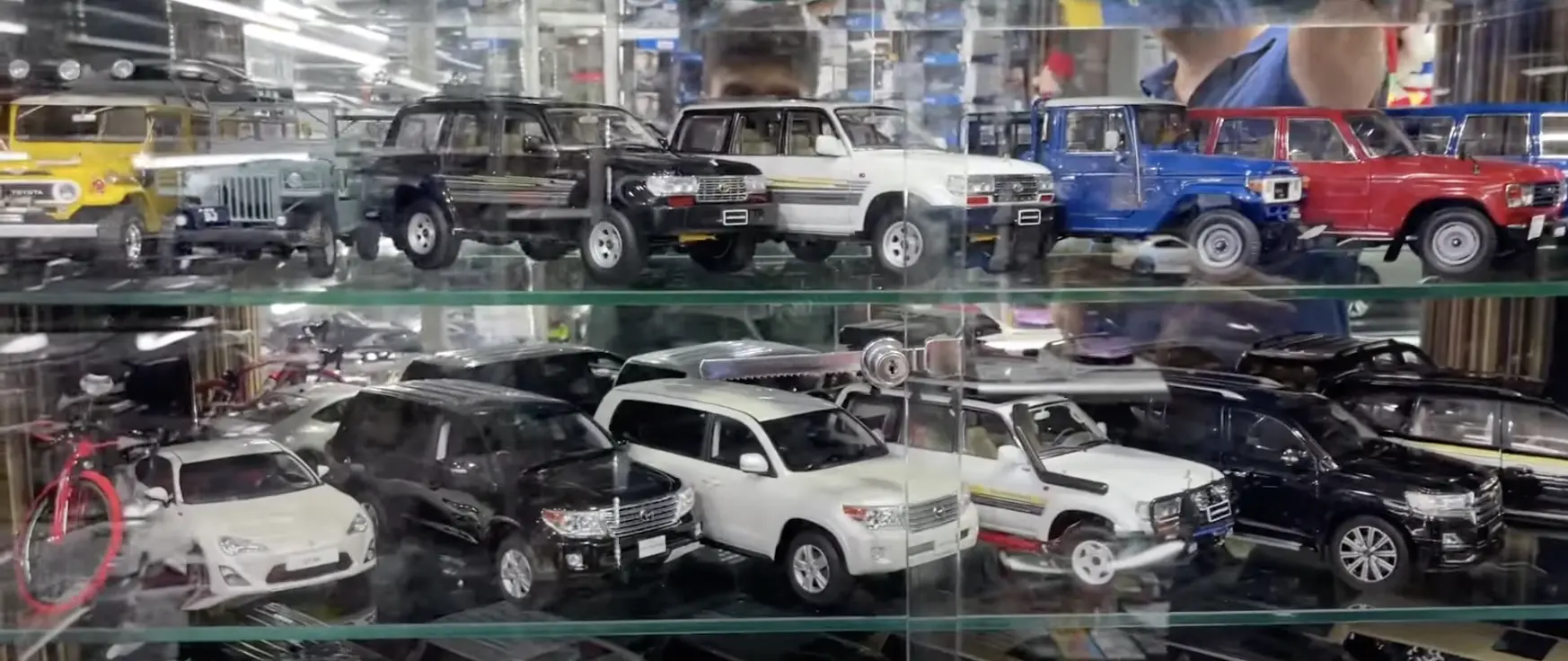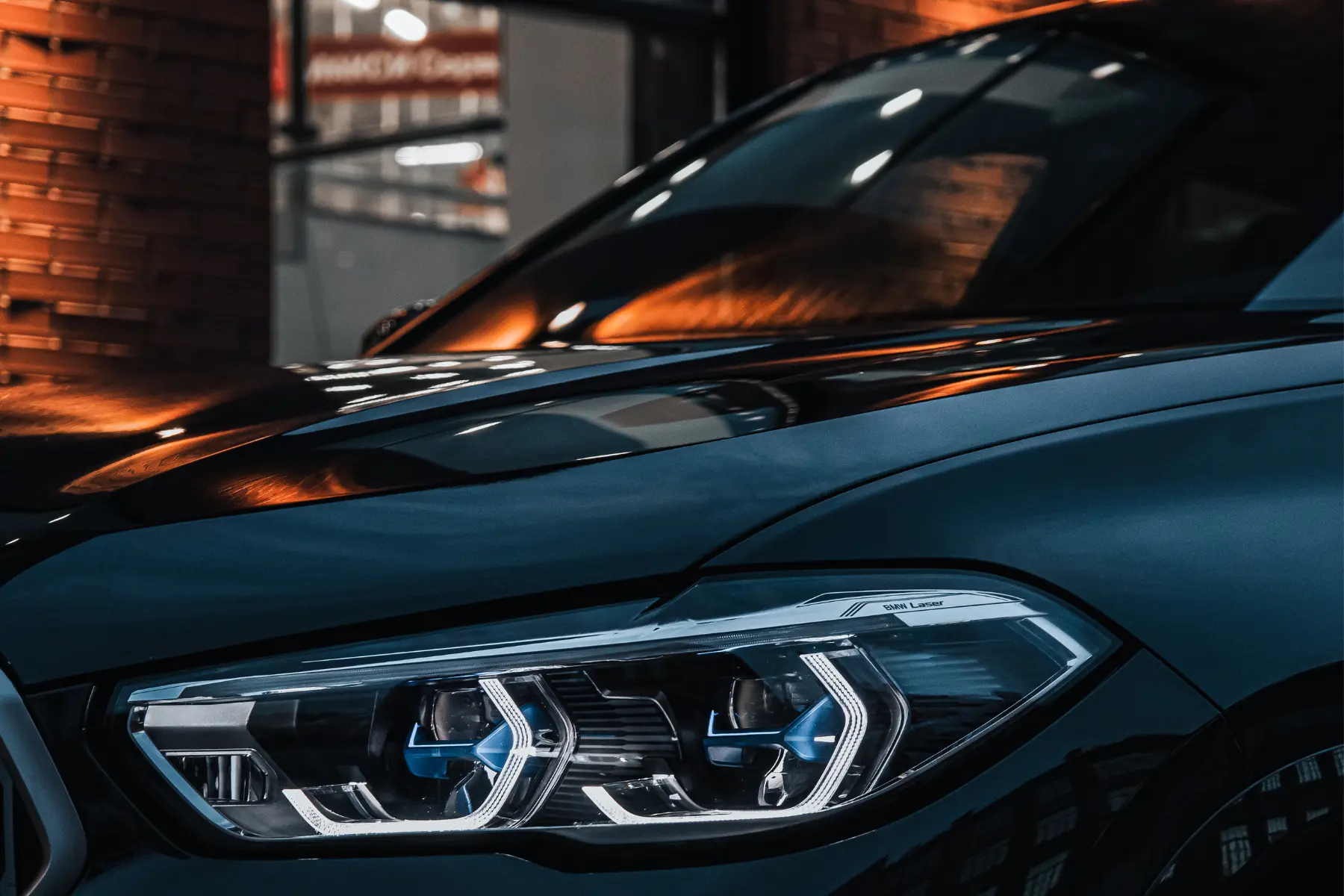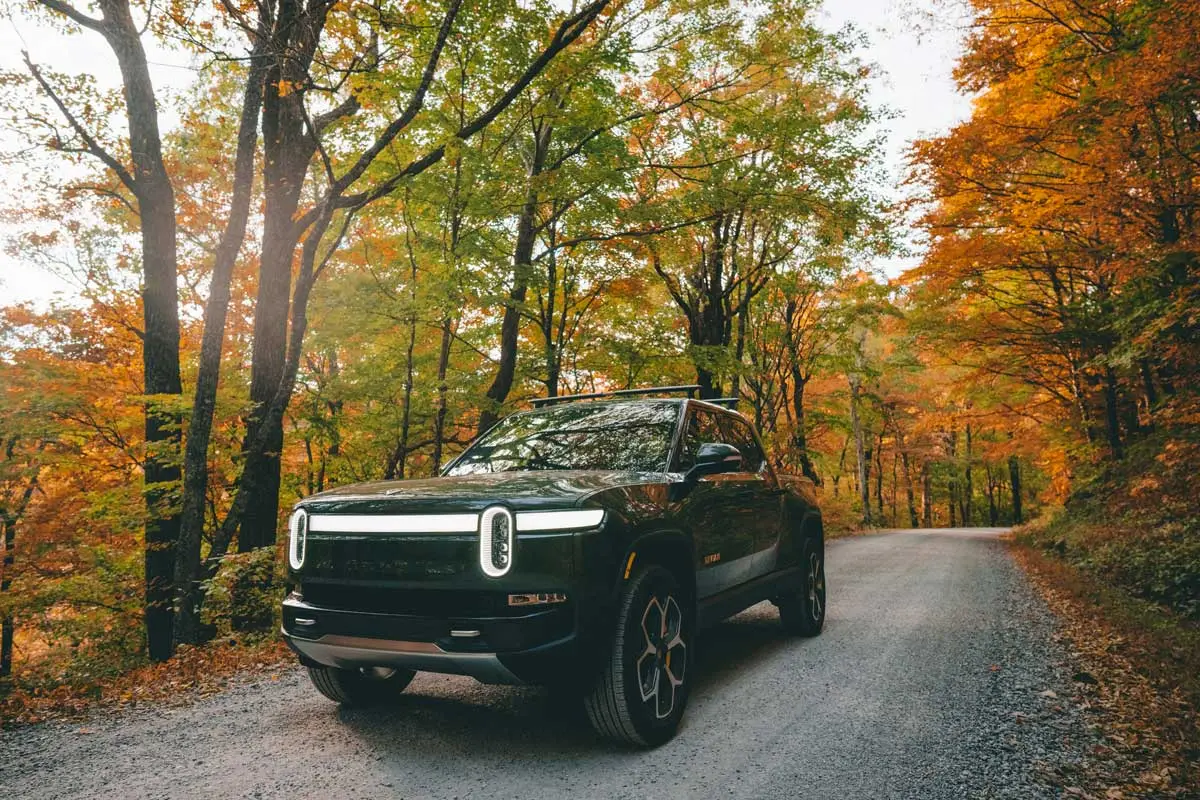The term “Woodie” evokes images of surfboards, sandy beaches, and the nostalgic days of classic American culture. Woodies are distinctive vehicles, characterized by their wood paneling, and they have a history as rich and varied as the landscapes they have traversed. Journey through the evolution of the Woodie, a symbol of an era defined by its freedom and innovation.
Originally, the term “Woodie” referred to station wagons with real wood bodies or wood framing. The origins of the station wagon itself are practical. In the early automotive days, “station wagons” were literally that—vehicles used to transport people and luggage from grand country estates to train stations. However, these vehicles were not initially intended for personal use; they were tools for transport businesses and institutions needing to move groups and gear efficiently.
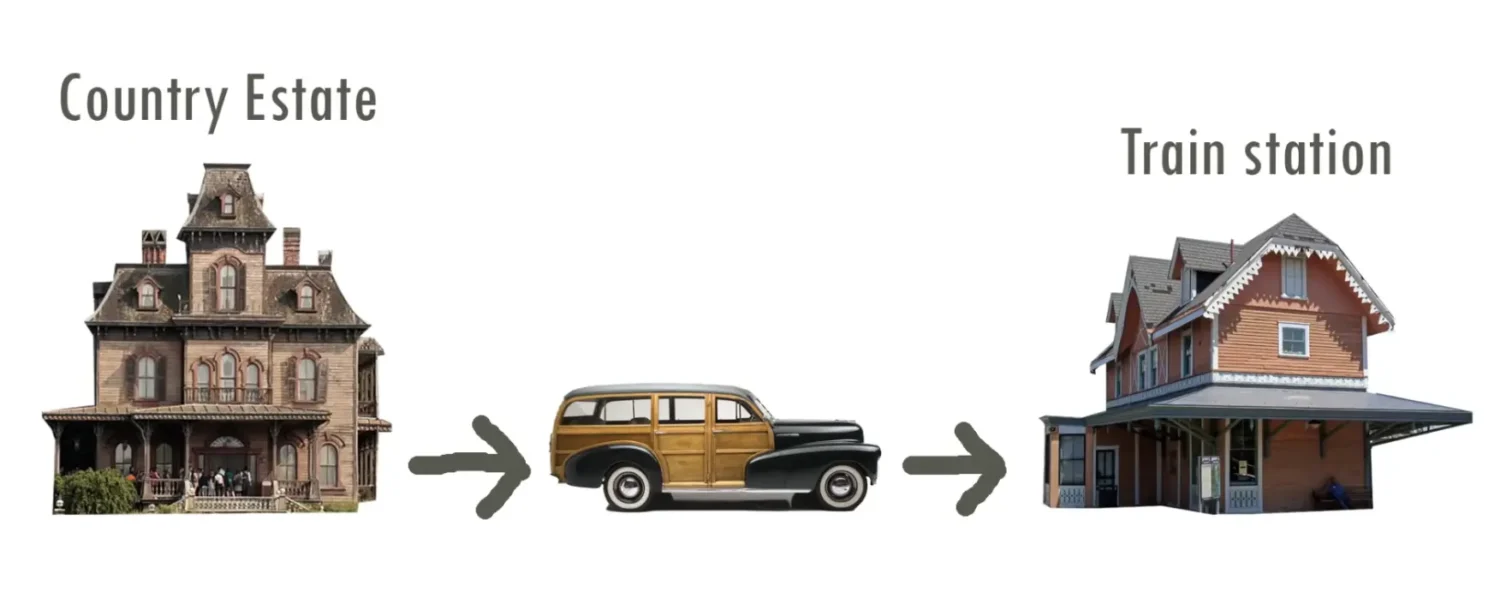
The early station wagons were crafted by furniture makers who saw an opportunity to repurpose their woodworking skills. They would purchase automobile chassis and outfit them with wooden bodies. During the 1910s through the 1930s, station wagons were mostly commercial vehicles, far from the family-oriented models we recognize today. They were utilitarian in design, mainly serving hotels, resorts, and service industries.

The transformation of the Woodie into a cultural icon began in the 1940s and continued into the 1950s. Post-World War II material shortages prompted manufacturers to substitute steel with wood, thus the Woodie became a more common sight. While being used out of necessity and aesthetic appeal, the wood paneling required much more maintenance than steel with regular refinishing to avoid moisture damage, discoloration, and rot.
Despite these challenges, the appeal of Woodies persisted into the 1950s, particularly among Southern California’s surf culture. To young surfers, a Woodie was more than just a vehicle; it was a fun ride that could carry friends and surfboards on adventures along the coast. These station wagons were often procured from family hand-me-downs or rescued from junkyards. As a result, the Woodie became synonymous with surf culture, further immortalized in music by bands like The Beach Boys and in films that highlighted the carefree surfer lifestyle.
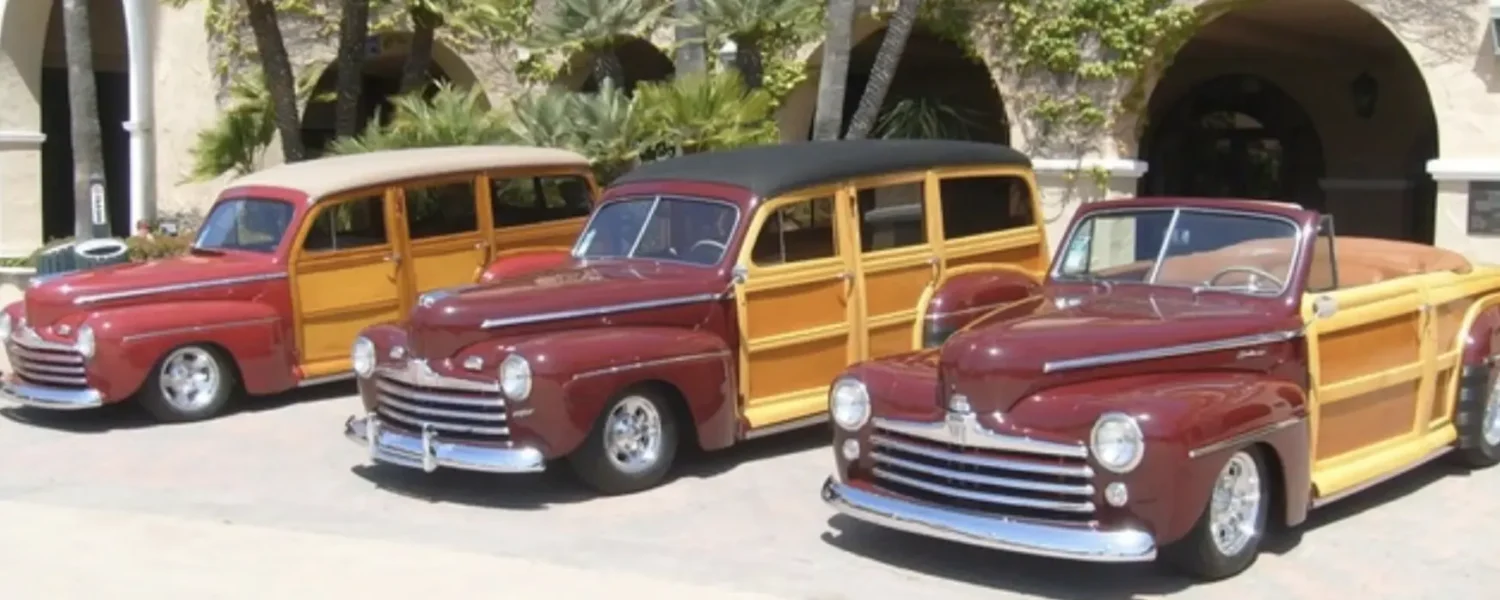
As new materials became available, automakers began to phase out real wood in favor of lower-maintenance, faux wood paneling. This transition marked the end of an era for the traditional Woodie, but not for its spirit. In the 1950s and 1960s, manufacturers like Ford and Mercury introduced “real fake wood,” made of plastics designed to mimic the look of wood, on all-steel station wagons. This trend continued well into the 1980s and 1990s, with vehicles like the Chrysler Town & Country and the Buick Roadmaster Estate showcasing faux wood as a nod to nostalgia.
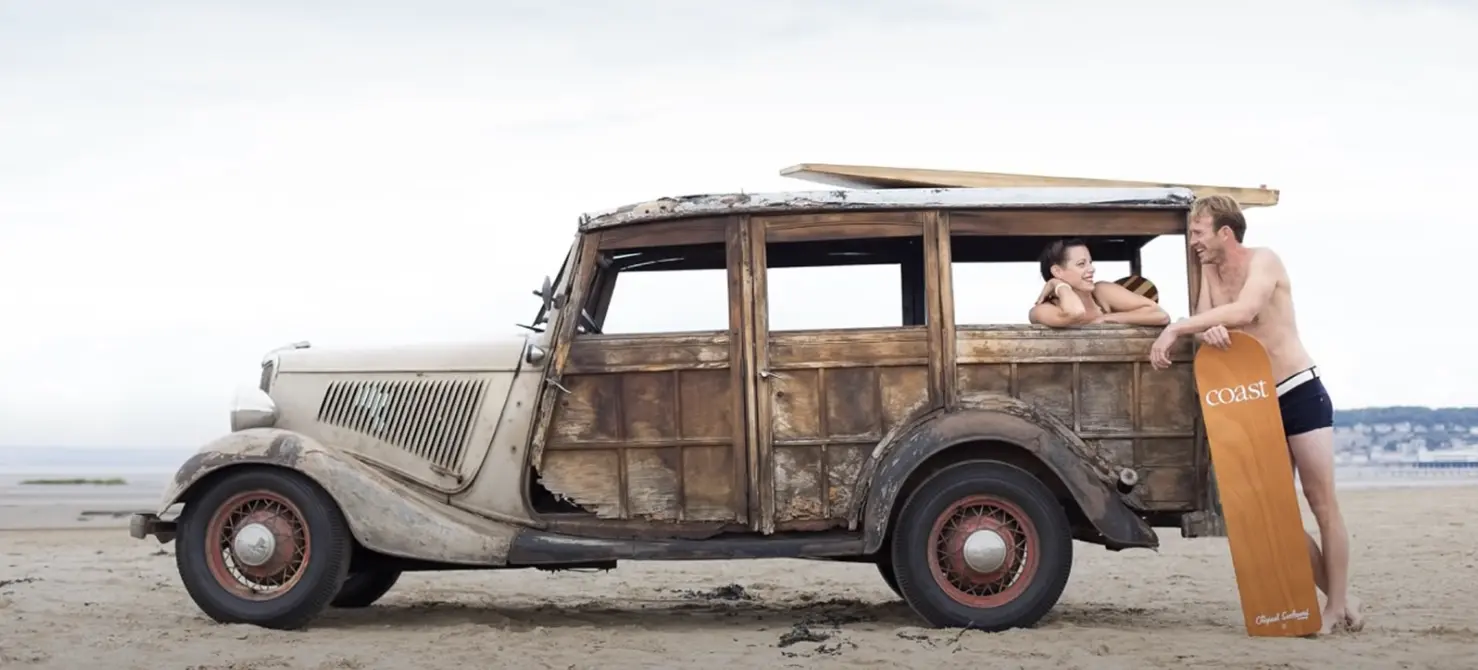
Although the classic Woodie—with its actual wooden panels—has long since faded from production lines, its legacy endures in the collective memory of American culture. The last vehicles to bear a semblance to the Woodie were models like the 2008 Ford Flex, which featured horizontal grooves evocative of wood paneling.
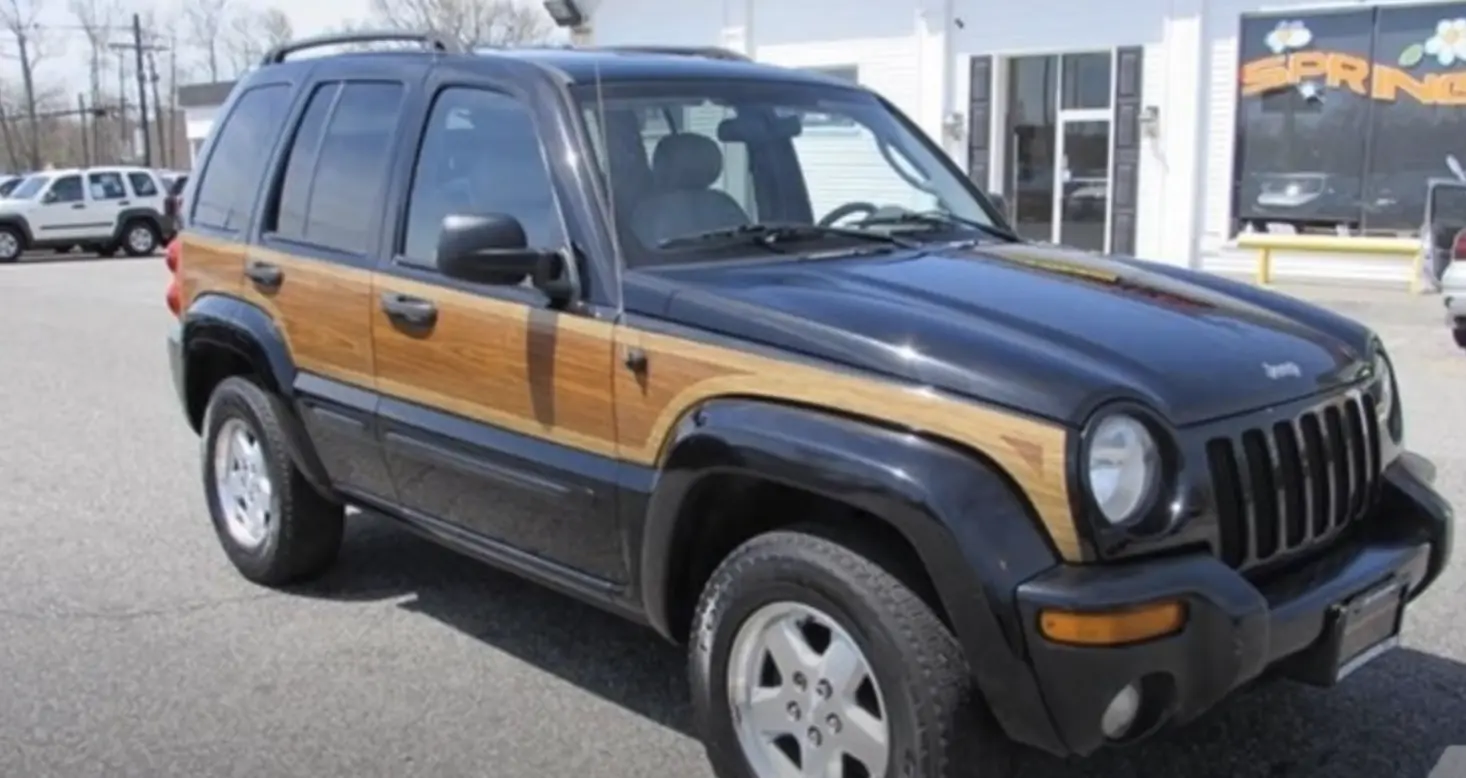
Today, finding a new car with wood-like paneling is a rarity, if not impossible, yet the Woodie remains a beloved figure in automotive history. Renowned for its unique style and connection to freewheeling adventure, the Woodie represents a piece of Americana that continues to capture our imaginations.
